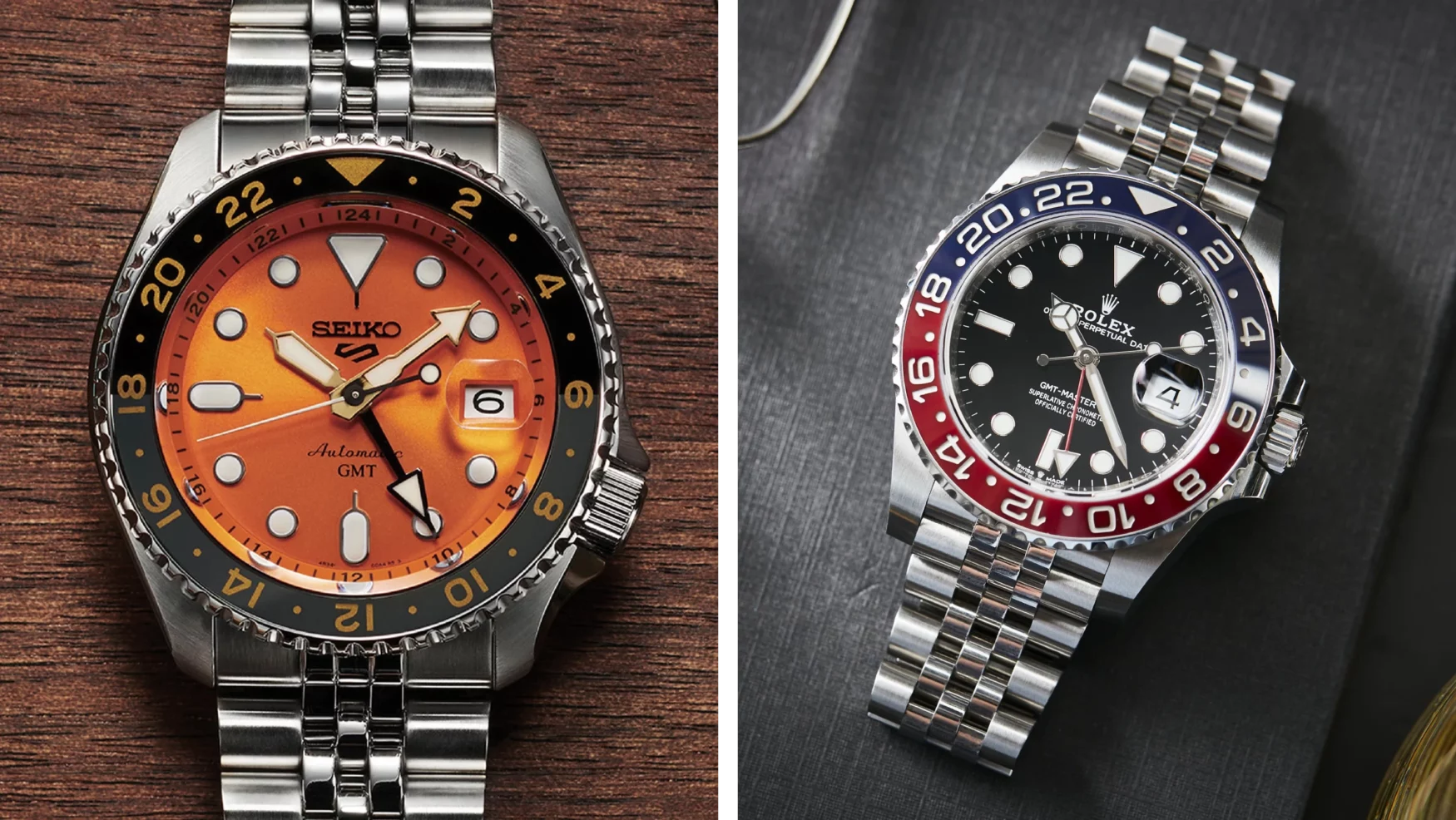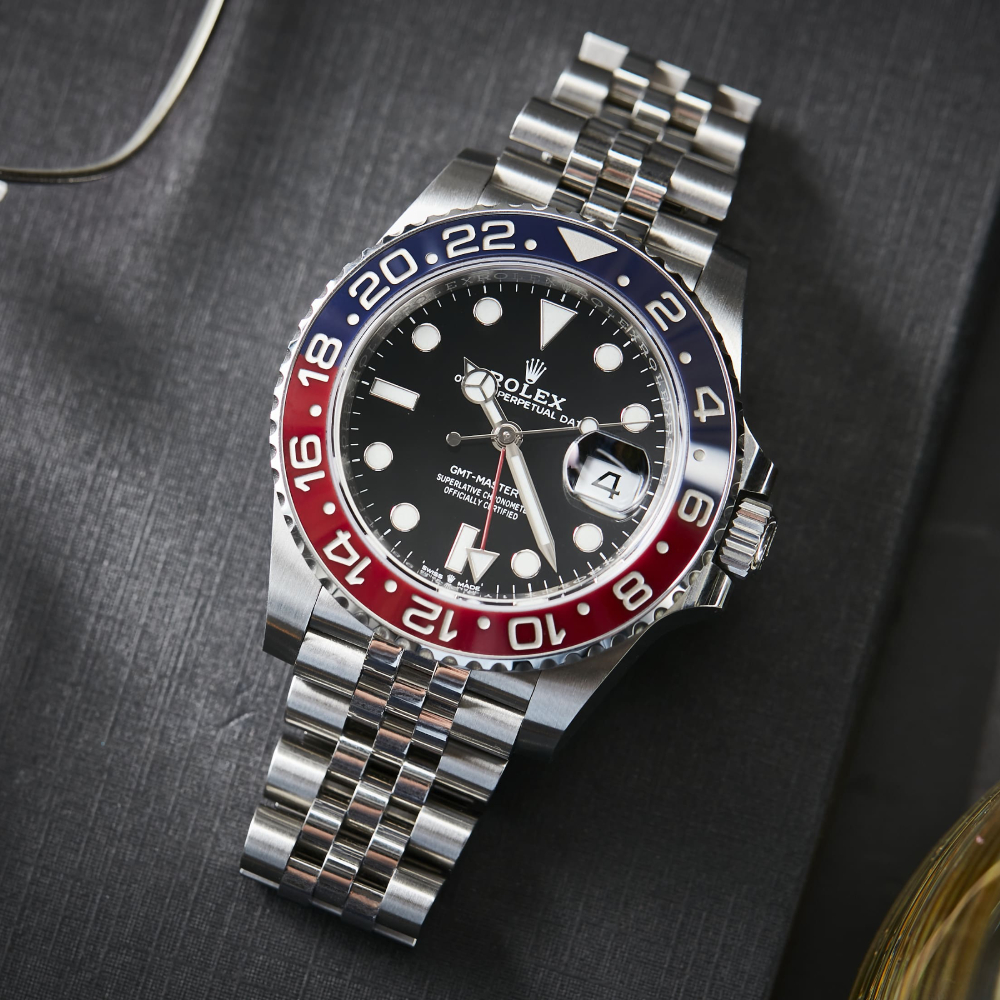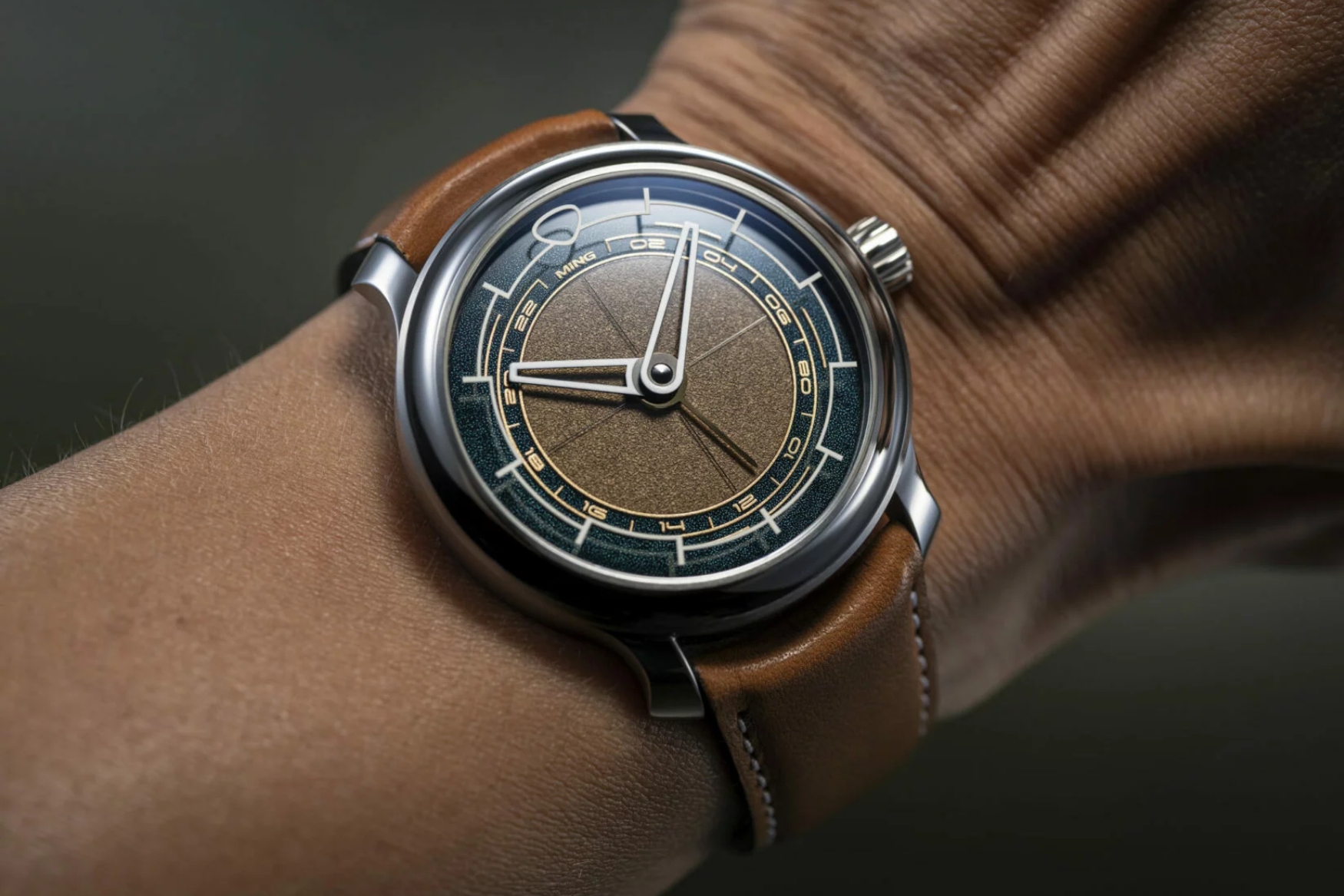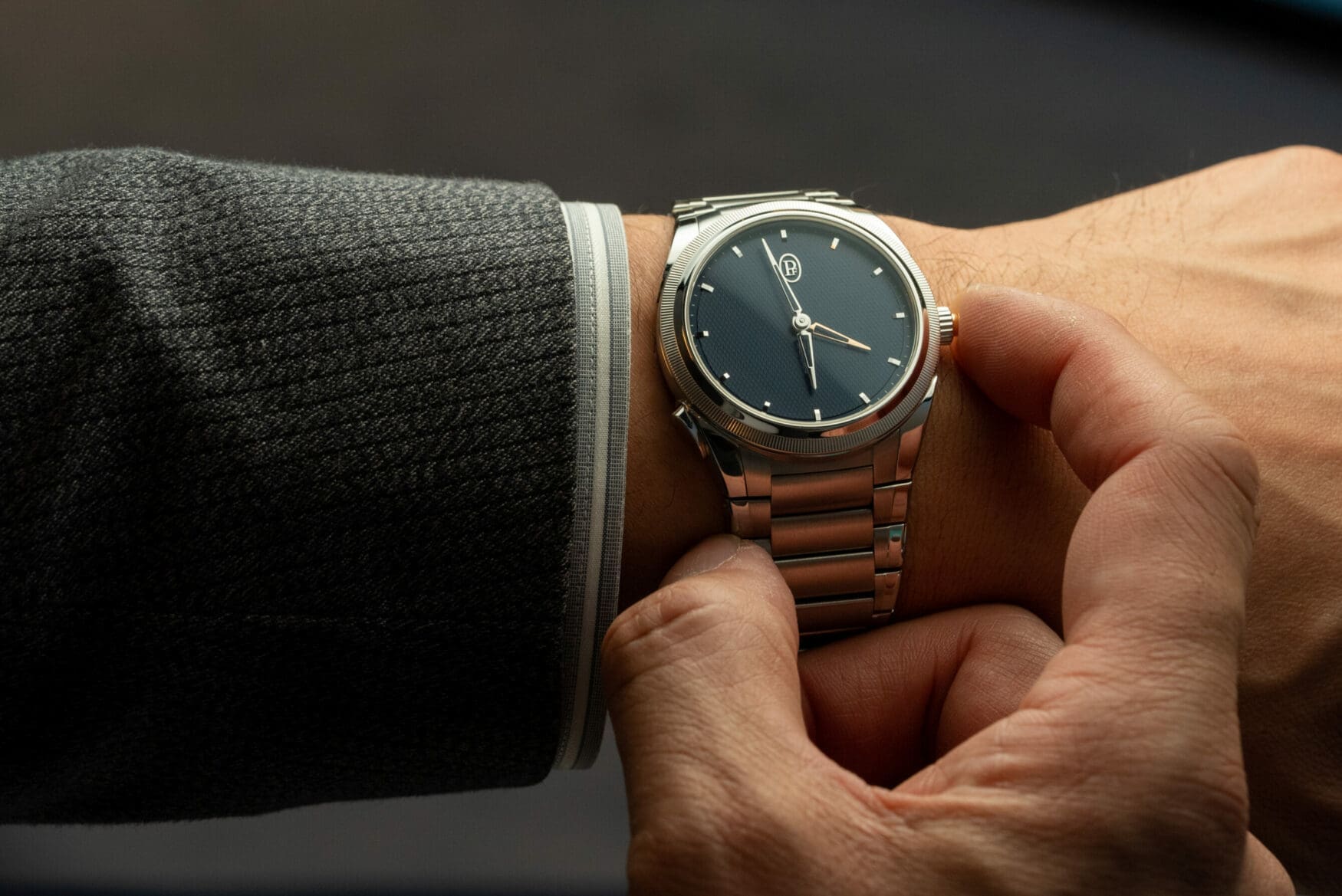What’s the difference between a “caller” and “traveller” GMT watch, and which is right for you?
Jamie WeissGMTs are my favourite type of watch. There’s just something undeniably glamorous about tracking the time in multiple time zones. When I’m travelling, it helps me keep track of time at home; and when I’m at home, it reminds me of the amazing experiences I’ve had while travelling.
But not all GMT watches are made equal, or indeed function the same. Some terms you might have heard used to describe GMT watches are “traveller” or “caller” GMT watches, or alternatively, “true” or “flyer” versus “office”. For those new to the hobby, these terms make no sense without some understanding of how different GMT watches work. To help you in your GMT pursuits, here’s a quick guide to how brands do GMTs. We hope this helps you decide which is the right version for you. Note: this explanation applies to both quartz and automatic GMT watches.
GMT watch history
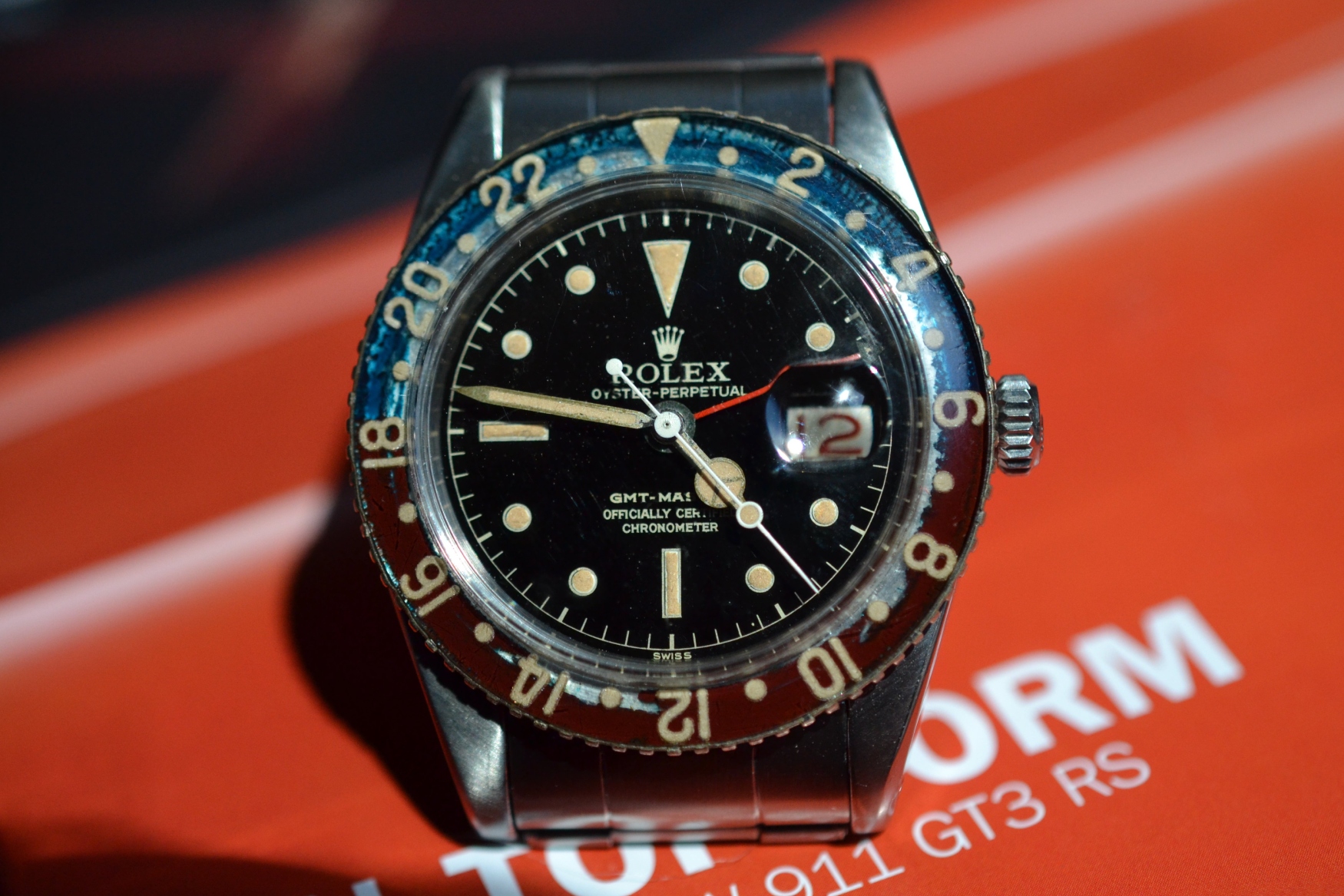
Dual time zone watches have existed since the 19th century, but the term “GMT watch” first came to prominence with the Rolex GMT-Master, to this day the archetypal GMT watch. The GMT-Master owes its genesis to Pan Am, who in 1954 commissioned the watch from Rolex for their pilots: since pilots constantly travel between multiple time zones, they needed a watch that could display their time at home (or a reference time, such as UTC/GMT) and be easily set to a new local time when they landed, without disturbing the home time displayed.
The Caller/Office GMT
When describing a watch’s functionality, I’ve found the best way to approach it is to start with the situations where it will be used. For “caller” or “office” GMTs, you should think of a business executive who works with a company on the other side of the world. Or better yet, an Australian watch writer who’s got colleagues in the UK and US he’s constantly calling. I’m not constantly travelling but I do need to know the time in other time zones. This is the theoretical use case for a caller GMT.
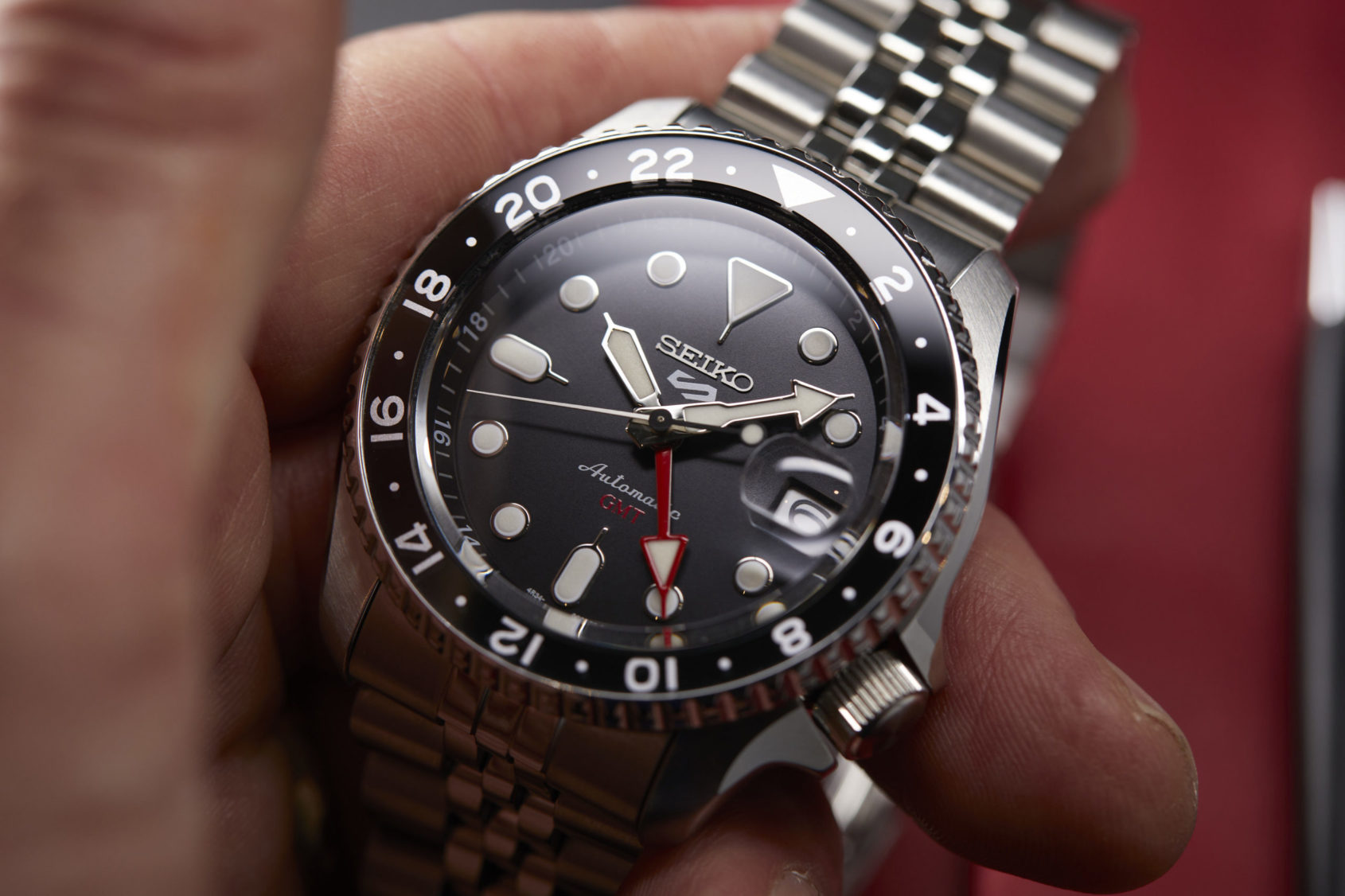
On a more technical level, a caller GMT has a 24-hour hand that is set independently of the other hands. For example, the Seiko 5 SKX Sports Style GMT is a caller-style GMT. When you pull its crown out to the first position, rotating it clockwise allows you to set the GMT hand in hour increments, on a 24-hour scale. Adjusting the crown out to the second position, you can set the time displayed by the main hour and minute hands. As you do this, the 24-hour hand will follow.
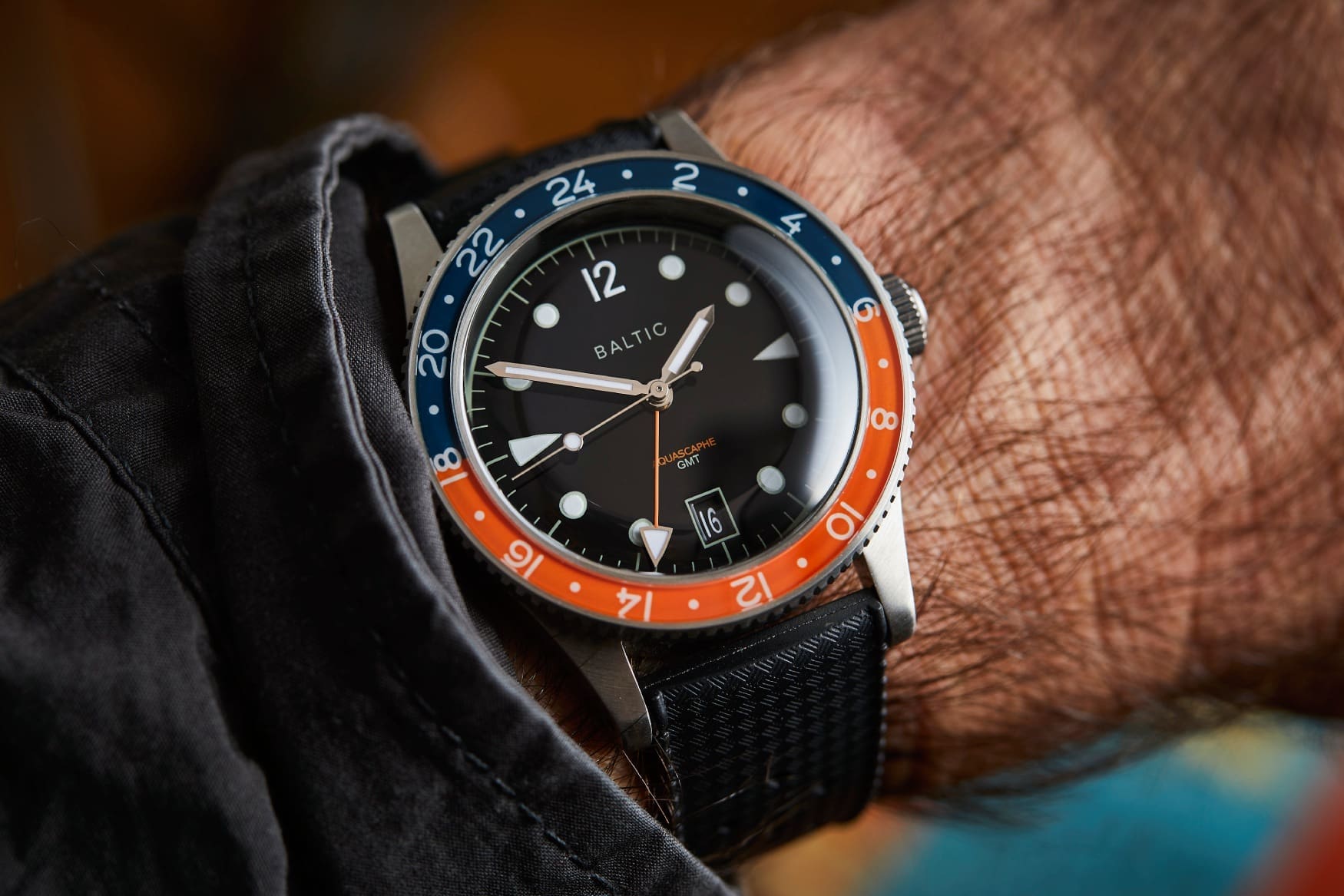
For someone in an office, this “office” functionality is perfect. You’re only worried about the time in one other location and you’ll rarely be changing the time displayed by the main hands (daylight savings time or depleted power reserve notwithstanding). In my case, since my boss is in London, I would set my 24-hour hand to a time that is nine hours behind what the main hour and minute hand is showing. That way, whenever I glance down at my watch, I can immediately know what time it is in London and Melbourne.
The True/Traveller/Flyer GMT
Just as the terms “office” or “caller” nod to the functionality of a GMT watch, a “true” or “traveller” GMT reflects its intended use, as well as its increased mechanical complexity. Those seeking a “true” GMT aren’t just worried about keeping track of the time in one other place. They’re travelling across multiple time zones and need a watch that can keep up. So instead of having an independent GMT hand, they have an independent hour hand – that is, the opposite of a caller GMT.
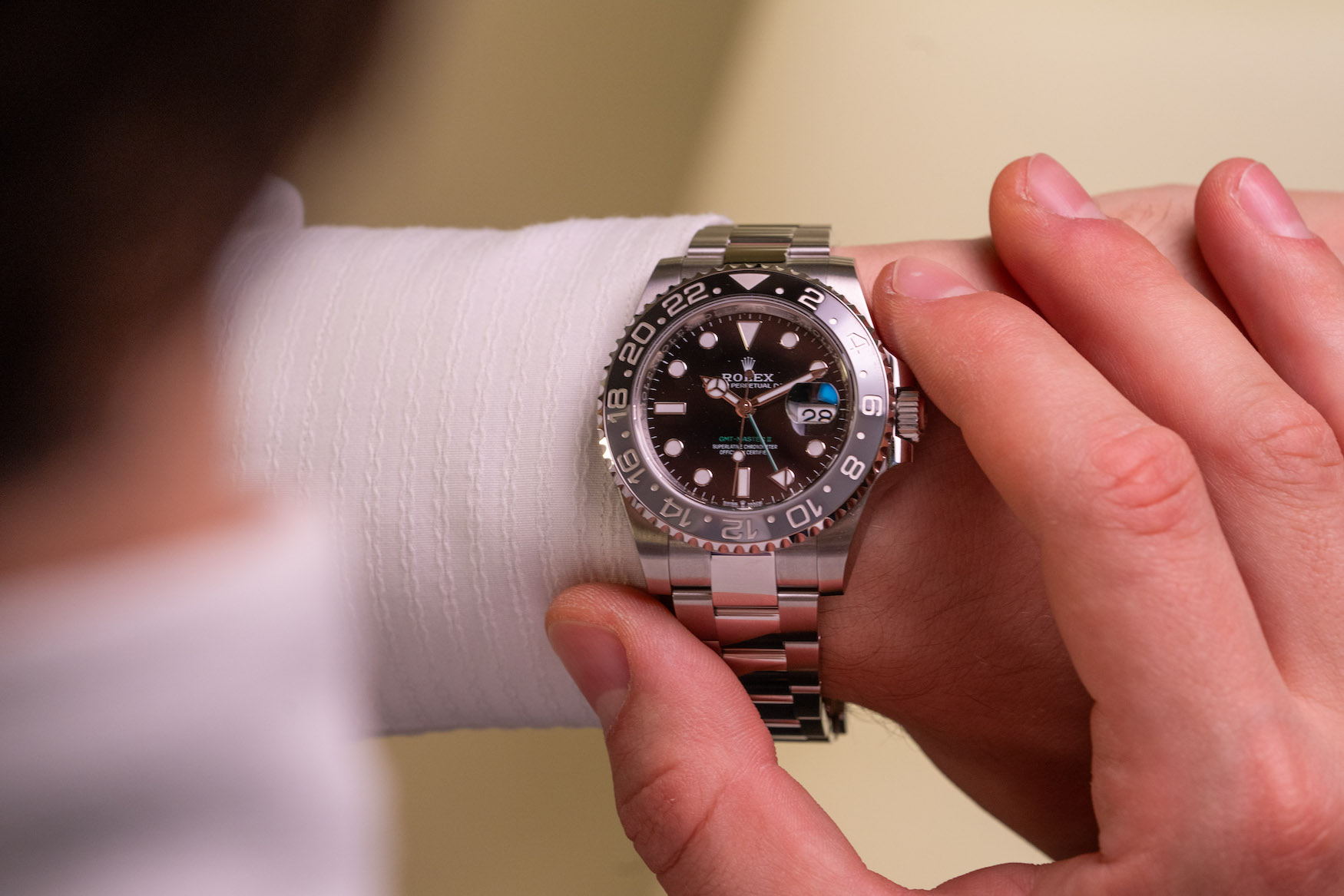
One of the most recognisable watches that has this functionality is the Rolex GMT-Master II. The advantage of a true or traveller GMT like this famous watch is that you can easily jump the local hour hand to the time zone you’re in without affecting your home time or the minute hand. True GMTs also have date windows that can go forwards and backwards, unlike caller GMTs, which can only go in one direction. Therefore they’re far more useful if you’re a frequent traveller.
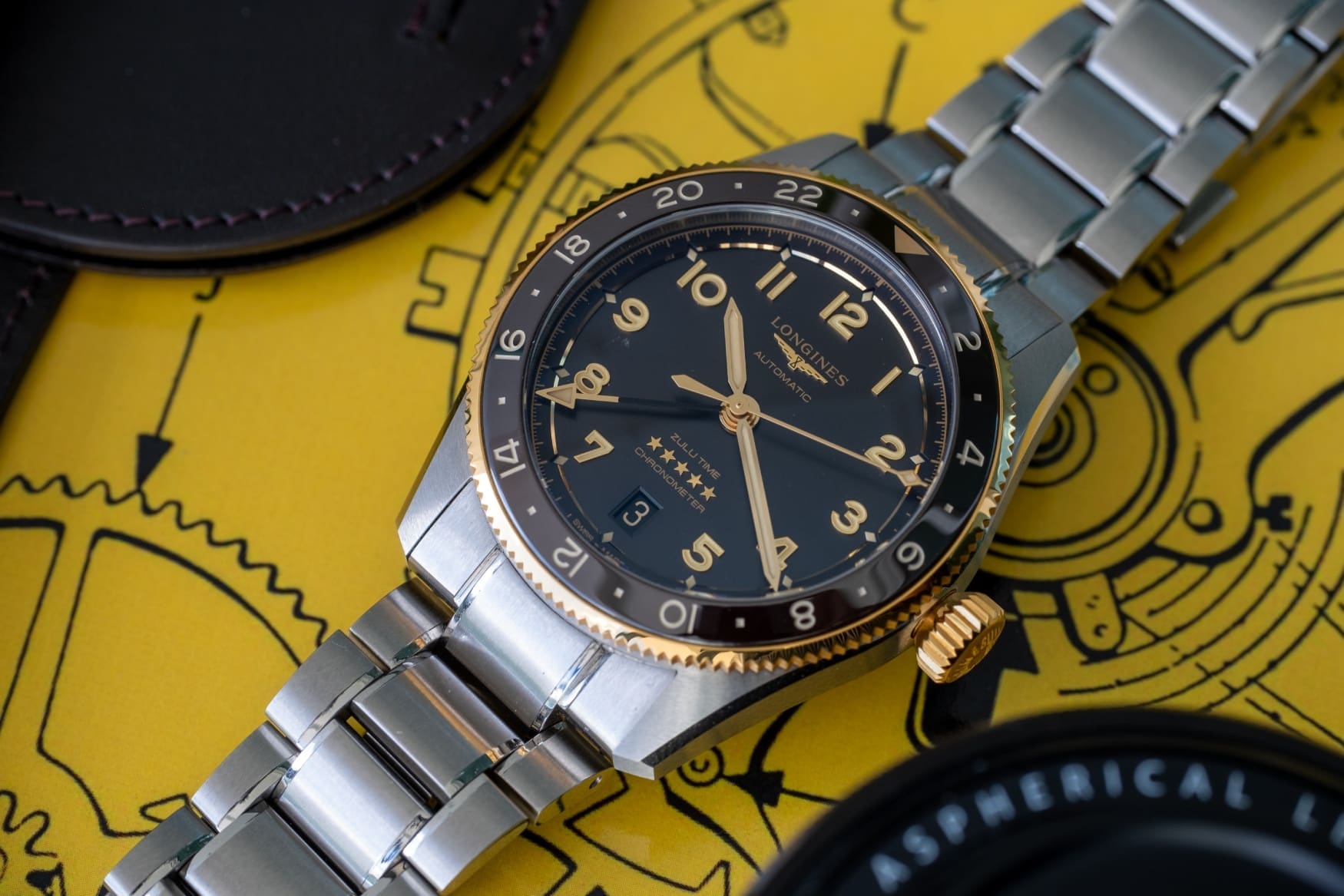
At this point you’re likely wondering why this type of functionality is considered “true”. Is there something untrue about caller GMTs, then? The “true” moniker is actually a bit of a misnomer: people in the watch community use that term as they believe because the complication was invented for pilots, it must be the original or “true” approach – but contrary to popular belief, the original Rolex GMT-Master ref. 6452 was not a “true” GMT watch, with that functionality only joining the range with the GMT-Master II ref. 16760 in 1983.
What does this mean for you as a buyer?
If you’re looking to add a GMT to your collection, it’s important to keep the GMT functionality of the watch in mind. For someone travelling a ton, a true GMT is probably your best option. If you’re someone who tends to stay in one timezone but maybe has a relative in another country, a caller GMT will fulfil your needs. Of course, you can still use an office GMT even if you’re travelling the world and a traveller GMT if you’re mostly staying put. It’s really just a matter of getting used to how one is adjusted versus the other.
As for cost: there used to be a time when only a handful of companies offered true GMT watches, which typically meant higher retail prices. As time has progressed, however, more affordable true GMT watches have hit the scene – indeed, caller GMT watches are becoming less and less common. Regardless of what you opt for or what kind of GMT your watch is, something we can all agree on as watch enthusiasts is that GMT watches are cool, whether you’re a jet-setter or a desk jockey.




